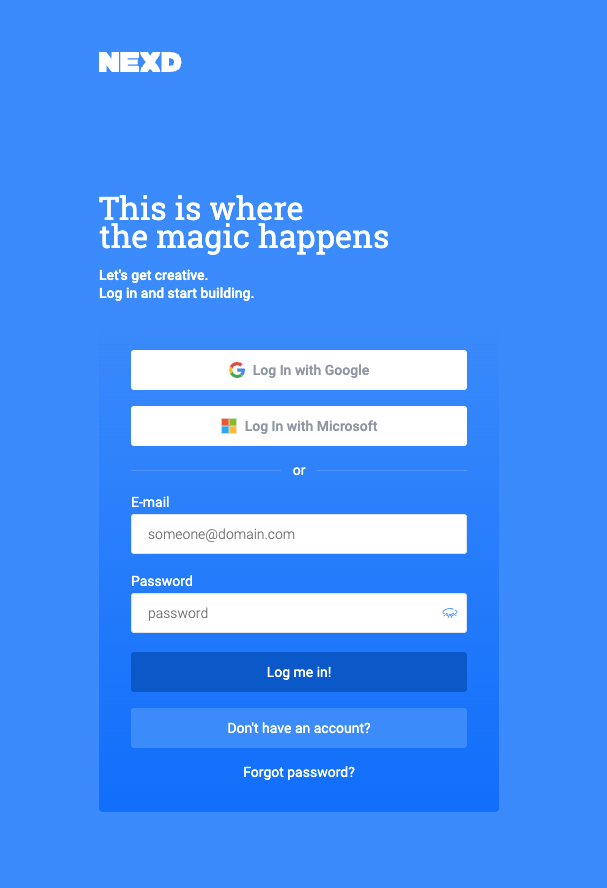Understanding Supply-Side Platforms (SSPs) in AdTech
Supply-side platforms (SSPs) are a crucial component of the programmatic advertising ecosystem, enabling publishers to efficiently sell their ad inventory to advertisers. Let’s dive deeper into what SSPs are and how they work.

What is a Supply-Side Platform?
A supply-side platform is an advertising technology platform used by publishers to manage, sell and optimize their available ad space inventory. SSPs allow publishers to connect their ad inventory to multiple ad exchanges, ad networks, and demand-side platforms (DSPs) simultaneously. These platforms act as a centralized hub for publishers, streamlining the process of selling ad space across various channels and formats.
SSPs use sophisticated algorithms and real-time bidding technology to ensure that publishers can maximize their revenue from each ad impression. They also provide valuable insights and analytics, helping publishers make data-driven decisions about their ad inventory. By automating much of the ad selling process, SSPs allow publishers to focus on creating high-quality content while still optimizing their ad revenue.
Key Functions of SSPs
- Automate the selling of ad inventory across multiple ad exchanges and DSPs
- Optimize yield by setting price floors and rules for different ad placements
- Provide reporting and analytics on ad performance and revenue
- Offer audience segmentation and targeting capabilities
- Enable header bidding to increase competition for ad impressions

SSPs play a crucial role in the programmatic advertising ecosystem by performing these key functions. They act as a bridge between publishers and advertisers, facilitating efficient transactions and maximizing the value of ad inventory.
One of the most significant advantages of SSPs is their ability to optimize yield. By setting price floors and implementing sophisticated rules, publishers can ensure they’re getting the best possible price for their ad space. This is particularly important in a landscape where ad rates can fluctuate rapidly based on factors like time of day, user demographics, and overall market demand.
SSPs also provide valuable data and insights through their reporting and analytics capabilities. Publishers can track performance metrics like fill rates, CPMs, and viewability, allowing them to make informed decisions about their ad strategy. This data-driven approach helps publishers continually refine their offerings and maximize their revenue potential.
How SSPs Work
- When a user visits a publisher’s website, the SSP receives information about the available ad impression.
- The SSP makes this impression available to multiple DSPs, ad exchanges, and networks through real-time bidding.
- Buyers place bids on the impression based on the user data available.
- The SSP selects the highest bid that meets the publisher’s criteria.
- The winning ad is served to the user.
- This entire process happens in milliseconds as the webpage loads.
The speed and efficiency of this process are truly remarkable. In the time it takes for a webpage to load, the SSP has facilitated a complex auction involving multiple bidders, evaluated the bids against the publisher’s criteria, and served the winning ad to the user. This real-time bidding process ensures that each ad impression is sold to the highest bidder, maximizing revenue for the publisher while delivering targeted ads to users.
It’s worth noting that SSPs often work in conjunction with mobile ad servers to deliver ads across various devices and platforms. This integration allows publishers to offer a seamless advertising experience across desktop and mobile environments, further enhancing their revenue potential.
Benefits for Publishers
- Access to more potential buyers, increasing competition for inventory
- Ability to set price floors to ensure minimum CPMs
- Detailed reporting on ad performance and revenue
- Tools to segment audience and optimize yield
- Simplified management of multiple demand sources
The benefits of using an Supply-Side Platforms extend beyond just increased revenue. By providing access to a larger pool of potential buyers, SSPs create more competition for ad inventory, which can drive up prices. This is particularly beneficial for publishers with niche audiences or high-quality content that might be undervalued in a more limited marketplace.
SSPs also offer publishers greater control over their ad inventory. The ability to set price floors ensures that publishers can maintain a certain level of revenue, even during periods of lower demand. This feature is particularly valuable for premium publishers who want to protect the value of their inventory.
The detailed reporting and analytics provided by SSPs are invaluable for publishers looking to optimize their ad strategy. These tools allow publishers to identify their most valuable audience segments, understand which types of ads perform best on their site, and make data-driven decisions about inventory management.

Examples of Top Supply-Side Platforms:
Some of the leading supply-side platforms include:
- Google Ad Manager
- Magnite (formerly Rubicon Project)
- PubMatic
- OpenX
- Xandr
These platforms are among the top SSP platforms in the industry, each offering unique features and capabilities. Google Ad Manager, for instance, is known for its integration with Google’s vast advertising ecosystem, while Magnite is praised for its advanced header bidding solutions. PubMatic is recognized for its focus on mobile and video advertising, and OpenX is known for its commitment to ad quality and fraud prevention.
It’s important to note that many publishers use multiple SSPs to maximize their reach and revenue potential. According to a recent study, US publishers used an average of 5.4 SSPs in 2021, highlighting the importance of diversifying demand sources in today’s complex advertising landscape.
Key Considerations for Publishers
When selecting an SSP, publishers should consider factors like:
- Integration capabilities with existing systems
- Demand partner relationships
- Reporting and analytics features
- Pricing models and revenue share
- Ad quality controls and brand safety tools
The choice of SSP can significantly impact a publisher’s ad revenue and overall business performance. Integration capabilities are crucial, as the SSP needs to work seamlessly with the publisher’s existing ad server and other technology platforms. The strength of an SSP’s demand partner relationships is also vital, as it directly affects the competition for ad inventory and, consequently, the potential revenue.
Reporting and analytics features are essential for publishers to make informed decisions about their ad strategy. Look for SSPs that offer real-time reporting, customizable dashboards, and in-depth insights into audience behavior and ad performance.
Pricing models and revenue share agreements can vary significantly between SSPs, so it’s important to understand the terms and how they align with your business goals. Some SSPs charge a flat fee, while others take a percentage of ad revenue.
Finally, ad quality controls and brand safety tools are increasingly important in today’s advertising landscape. Publishers should look for Supply-Side Platforms (SSPs) that offer robust tools to prevent malicious ads and ensure that all ads meet their quality standards.
Conclusion
By leveraging SSPs effectively, publishers can maximize the value of their ad inventory and streamline operations in an increasingly complex programmatic ecosystem. The right SSP can not only boost revenue but also provide valuable insights and tools to help publishers build a sustainable and profitable advertising business.

